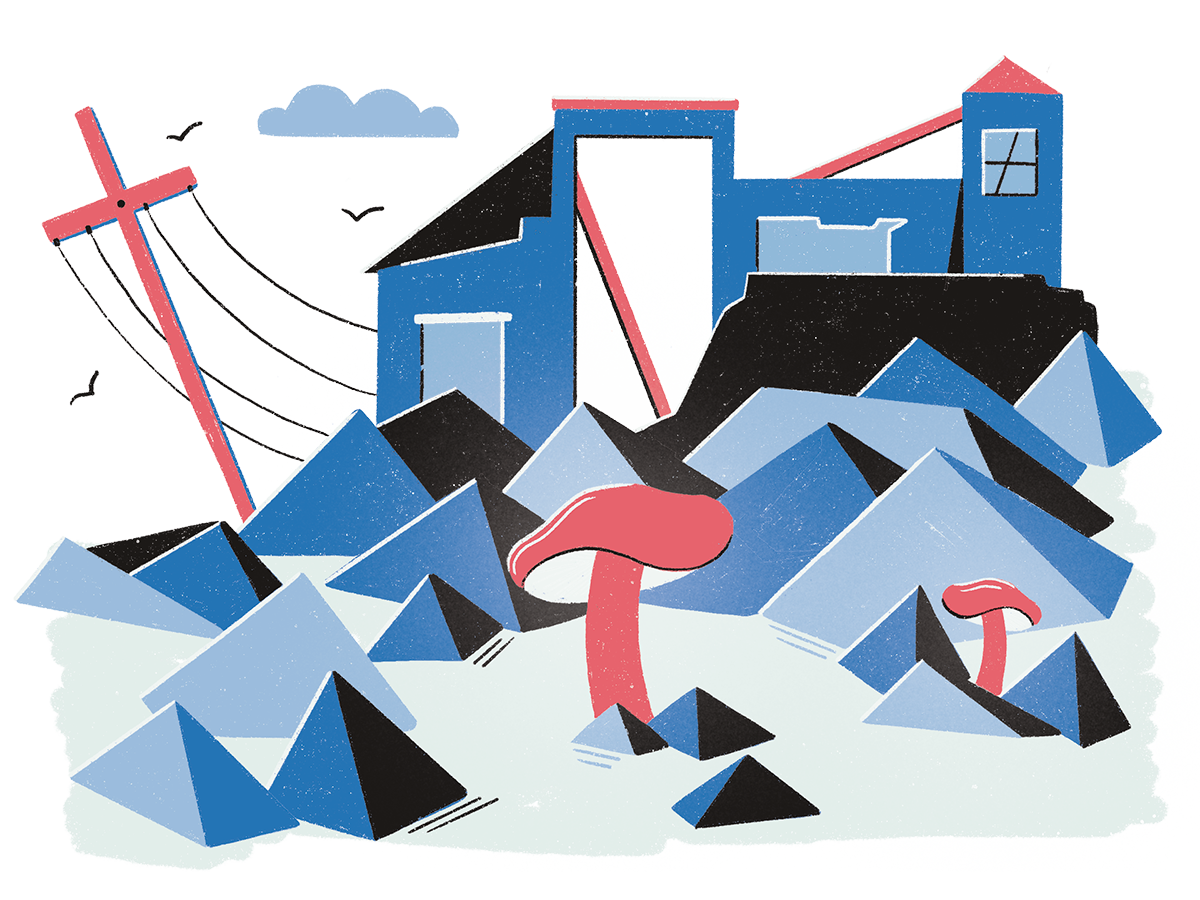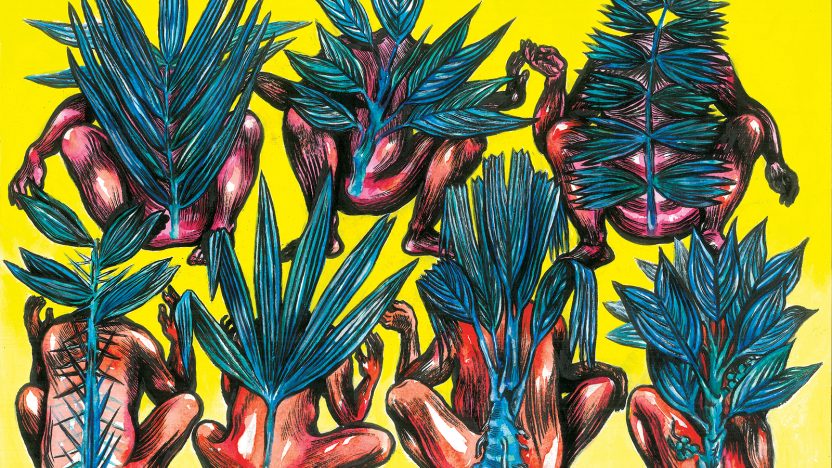The art of noticing: a call for hybrid intelligence
Just like a mushroom taught us, we need to shift toward a hybrid model of intelligence, escaping from an extractive mindset and attuning to nature
by Ryslaine Moulay

Photo: Ashleigh Shea
Nature can offer us a source of inspiration for re-evaluating our understanding of intelligence. Take, for instance, the matsutake mushroom, as explored by Anna Tsing in her book The Mushroom at the End of the World: On the Possibility of Life in Capitalist Ruins. Tsing explains how life can sometimes flourish in the most devastated places, and understanding why this happens opens up a new way of perceiving intelligence.
Once plentiful in Japanese forests, the matsutake mushroom vanished due to overharvesting. Surprisingly, it has returned — but only in forests disturbed by human industrial activity, such as those surrounding the Fukushima nuclear power plant. Rather than a controlled industrial farming environment, the matsutake needed the rubble left behind by capitalism to thrive; it is impossible to cultivate. Its rarity has transformed it into a luxury delicacy. As Tsing points out, this capitalistic paradox challenges conventional notions of progress as betterment.
The prevailing view of “progress” seeks to tame all life under a singular vision of control, much like Sauron’s ring of power. It enforces a model of social advancement patterned after English gentlemen, American frontiersmen, or Soviet workers — often at the expense of true ecological wisdom. The matsutake encourages us to rethink top-down concepts of innovation where progress lies not in homogeneity and conquest but in working humbly with the diverse patterns of ecologies gifted to us.
This reevaluation begins with what Anna Tsing calls “the art of noticing.” Our current model of innovation, influenced by Schumpeter, values novelty and creative destruction over building on existing foundations. We often erase living knowledge to start over, overlooking the broader repercussions of this tunnel vision, like the matsutake’s reliance on dynamic forest partnerships.
The art of noticing extends beyond superficial observations to discern hidden connections and meanings. It requires slowing down and observing from multiple perspectives to grasp more complete realities and involves acknowledging the intelligence and agency inherent in nonhuman entities. As Tsing shows, the matsutake declined when considered solely as an extractable commodity but thrived when viewed in light of its role in forest ecosystems.
Noticing also involves accepting the limits of human knowledge, and humbly accepting our inability to control nature fully. It opens us to nature’s distributed creativity that flourishes outside the modernist myths of progress. Developing this art challenges us to appreciate diverse forms of shared and situated intelligences. In architecture, for example, noticing the interconnectedness of ecosystems can foster more regenerative practices.
In her book Lo—TEK: Design by Radical Indigenism, Julia Watson delves into how indigenous communities use traditional knowledge, local materials, and local forces (wind, water, sunlight) to build innovations that they don’t fully control because they are nested systems. Examples of these natural systems include a living root bridge in Meghalaya and an algae-based wastewater treatment facility in Kolkata that doesn’t require chemicals or energy, making them fully circular and regenerative.

Illustration by Francesca Ragazzi
The Lo—TEK approach exemplifies a form of hybrid intelligence by skillfully blending technological innovation with generations of situated learning.
Hybrid human-nonhuman intelligent systems offer ways to cultivate an interconnected worldview. As scholar Donna Haraway explores in her book Staying with the Trouble, we can appreciate intelligence in its broadest sense by embracing entanglement and creatively composing multispecies justice in a shared, imperfect world. In other words, our human cleverness is of little value if it isn’t paired with the generative brilliance found in damaged forests and mushrooms like the matsutake.
Another example of hybrid intelligence through the art of noticing can be found in the work of contemporary artist Tomás Saraceno. The world-renowned artist is collaborating with several scientific labs, including MIT, to decode spider language and spider webs to create a form of interspecies internet. Interestingly, his approach is not based on a technophile belief that an algorithm will magically become the Rosetta Stone of interspecies communication.
Instead, it encourages users to notice, document, and map the spider webs they encounter in order to realize vibratory modes of interspecies communication. This intelligent living system collects data on ecological change and reveals unseen patterns. Rather than viewing nature as something to strategize over, he has designed a technology that attunes us to nature’s teachings.
Rethinking intelligence ultimately means breaking out of an extractive mindset to situate ourselves within nature’s matrices. Intelligence could then become not just a tool of progress but of understanding our embeddedness. Like the matsutake mushroom, our lives rely on complex relationships. At a time when artificial intelligence seeks to exponentially reproduce our biased view of intelligence, it is crucial that we make this shift.
Hybrid approaches that blend science, technology, and ancient wisdom can facilitate this embedded consciousness. With humility and the practice of noticing, we can progress toward collective and hybrid practices of intelligence. This can help us guide innovation to nourish the intricate relationships we all rely on.


